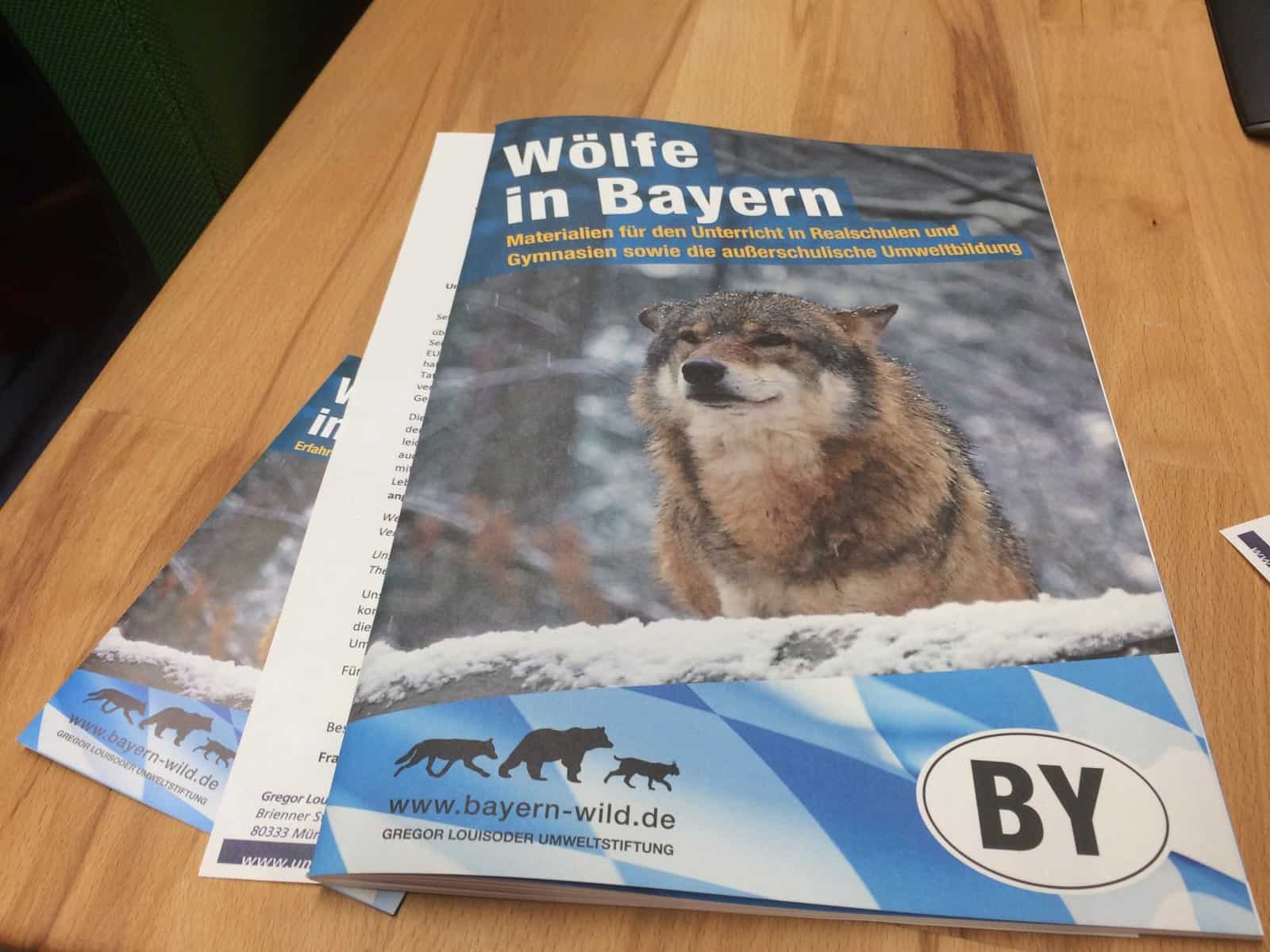Educational outdoor-workshops on forests
At the end of September, the European Wilderness Society held several outdoor workshops to give young people from Italy, Slovenia, Austria, Germany and the Ukraine an understanding of the importance of forests, its functions and the right behaviour in nature. The 3 workshops, each with about 20 participants, took place in Salzburg’s Lungau, right in the forest.
Exploring the forest
To start, the young people listed all possible animal and plant species that they could think of as inhabitants of the forest. The young people explored the different floors of the forest directly on site. They spotted beetles, snails and other inhabitants of the bottom layer, the occasional squirrel as a resident of the canopy, and various birds that were more heard than seen.
The young people tried to identify the different tree species based on the bark and the leaves or needles and determined the forest type. In this region there are mainly coniferous or mixed coniferous forests. The important functions of the forest as a protective forest, habitat for humans, animals, plants and fungi, as a pollutant filter, in climate protection as well as the use of the forest and its effects were explained by the workshop leader.
The young people also got to know about the principles of “Respect Nature“, hence learned how to behave properly in the forest and wilderness.
Learning how to make a fire
Afterwards, the real action started: The wilderness expert Vlado Vancura showed the young people how to properly and safely make a fire outdoors in nature.
Fire always played an important role in humans’ life. For many centuries we used it for food preparation, warming up etc. But recently, due to the climate change, draught and resulting forest fires, we need to be very careful with making fire in nature. Nowadays we are usually making fire more as a recreational activity, not as a necessity. But not many people know how and where to do it properly.
Therefore, this was a great opportunity for the young people to learn about it. After the youngsters had collected some firewood in the forest, the fun started. Vlado explained how to stack the wood correctly, how to light it and how to extinguish the fire at the end.
Briefly summarized: If somebody wants to make a fire outdoors, the most important rule is to check whether it is even allowed in this certain place. There are countries in Europe, where making fire in nature is forbidden. As an alternative to fire making, nowadays portative stoves can be used, which can help you with warming or cooking quick food outdoors.
If you have decided to make a fire, make sure, you are:
- not doing it directly in the forest,
- not doing it with windy weather,
- using an already established fire ring,
- using only small deadwood and not freshly cut conifer branches.
It is also very important to attend the fire all the time and finish it with water.
Literature talk around the fire
In the pleasant atmosphere of the fire, the workshop leaders presented 4 trade journals to the youngsters that were created as part of the “Multiperspective view of biodiversity in the forest” project. The journals deal with the following topics: New species – opportunity or risk, Forest fires – from prevention to regeneration, The influence of fauna on the forest, Towards close-to-nature forest management.
The young people took home a lot of new and inspiring experiences from these workshops and we want to thank them for their motivation and enthusiasm on the learned topics!







